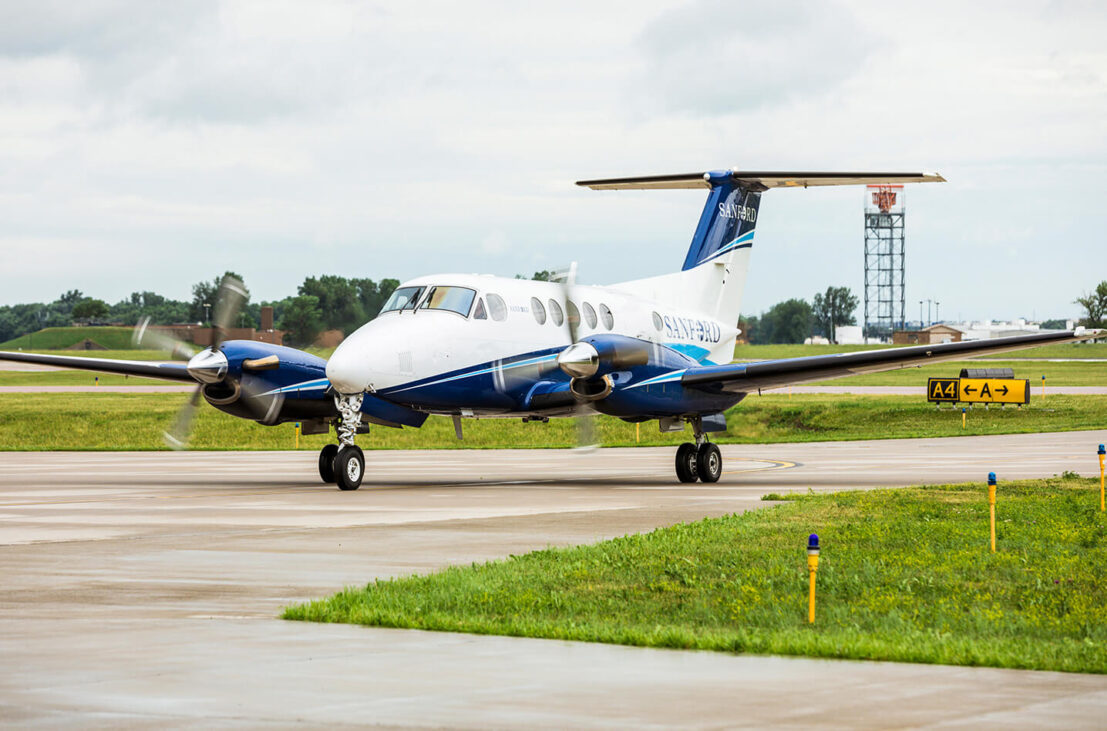
Robust deliveries of general aviation (GA) aircraft highlight the need for continued innovation, sustainability and workforce development across the industry, leaders of the General Aviation Manufacturers Association (GAMA) stressed throughout the organization’s Feb. 22 State of the Industry event in Washington, DC.
Healthy demand for piston-engine and turboprop aircraft drove a combined 6.5% increase in fixed-wing GA and business aircraft shipments in 2022, according to GAMA, with a 5.8% increase in billings. Rotorcraft deliveries also rose in the past year, with a 7.5% increase year-over-year and a 6.8% increase in billings.
While the overall picture for GA aircraft sales and deliveries remains encouraging, GAMA Chair Eric Hinson cautioned several challenges may hinder the industry’s long-term growth, including misperceptions about it’s vital role in supporting communities.
“Aviation is an integral part of how modern economies operate,” Hinson said. “It’s absolutely essential [and] it’s incumbent upon all of us to make sure that we communicate that to decision makers.”
Contrary to criticism of the industry’s environmental impact, GAMA President and CEO Pete Bunce pointed to business aviation’s ongoing work to further reduce its already small carbon footprint.
That includes development of more efficient airframes and powerplants; ongoing innovation in the advanced air mobility segment; and the industry’s work to increase production, availability and use of sustainable aviation fuels.
“General and business aviation are the technology and sustainability incubator for all of aerospace,” he added. “The pace of development is increasing [and] our efficiency is going up dramatically in all of these new products that are being developed.”
The industry also depends upon a regulatory framework that supports such innovation, and Hinson noted that is a top priority for the industry in the upcoming FAA reauthorization debate.
“Recently, the FAA has really struggled to provide timely and effective guidance and oversight to our industry,” he said. “We’re gonna want to focus on seeing if we can fix some of those issues.”
Workforce development is another top concern. In a panel discussion featuring several young leaders in general aviation, Cirrus Aircraft Air Safety Intern Emma Rasmussen spoke of the importance of creating supportive environments for those new to the industry.
“[For] an employer, part of the responsibility of retaining talent is making sure that you cultivate that growth and give your employees an environment to thrive,” she added.
Diversity, equity and inclusion initiatives also are vital to bringing new faces to general aviation.
“The future workforce needs to be able to see themselves in roles across the industry,” said Rosa Lee Argotsinger, director of flight safety and security at Textron Aviation. “That gives them the context to understand that they, too, can be a part of all this.”
Watch the GAMA State of the Industry Event


 International Business Aviation Council Ltd.
International Business Aviation Council Ltd.